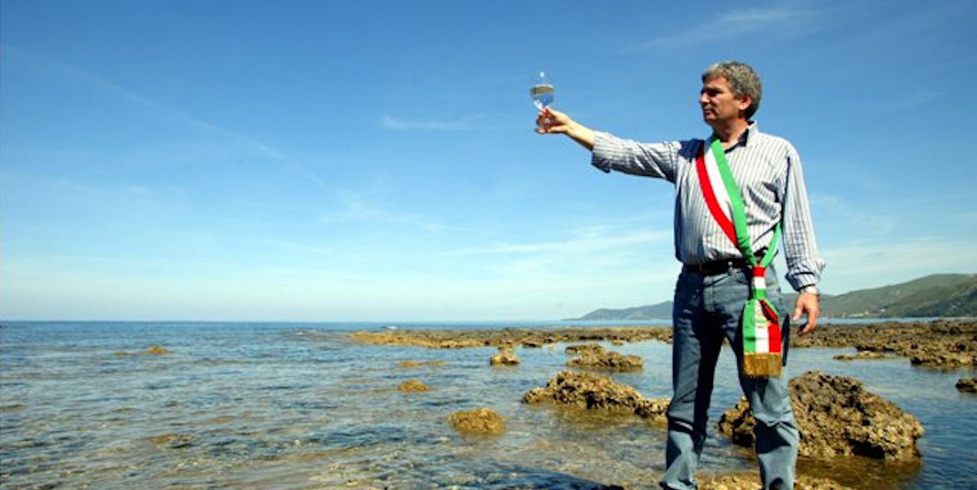Place consciousness as a method. Reterritorialisation processes and governance practices in the case of the Vassallo Administration in Pollica

Published 2022-12-14
Keywords
- social innovation,
- place consciousness,
- fragile areas,
- local government,
- slow turism
How to Cite
Abstract
The article evaluates in a qualitative and diachronic key the characteristics of self-sustainability and social innovation of the local development path activated by the Administration lead by Angelo Vassallo, mayor of Pollica from 1995 to 2010. This empirical reflection is read through a located and territorial perspective, and placed within the recent debate on marginal areas. The research topic has public relevance, as a a practice of ‘society self-defence’ where the commons represent the privileged lever of local government. Indeed, it is possible to discern, in it, attempts to reconnect the economy to the territory through slow tourism and the rediscovery of local stone, and a political planning that follows a ‘grassroots globalisation’ logic. This government experience, which ended with the murder of the ‘Fisherman Mayor’, concerns areas further marginalised by the pervasiveness of criminal economies. The cognitive objective of the research is to analyze how the territory is transformed when a public actor changes the way of conceiving local development. The research design is inspired by the territorialist analytical scheme, which observe the territory along four forms of space: political, relational, economic, ecological. The empirical research (carried out between December 2021 and January 2022) uses institutional sources (secondary quantitative data, municipal council deliberations) and interviews with privileged witnesses.

